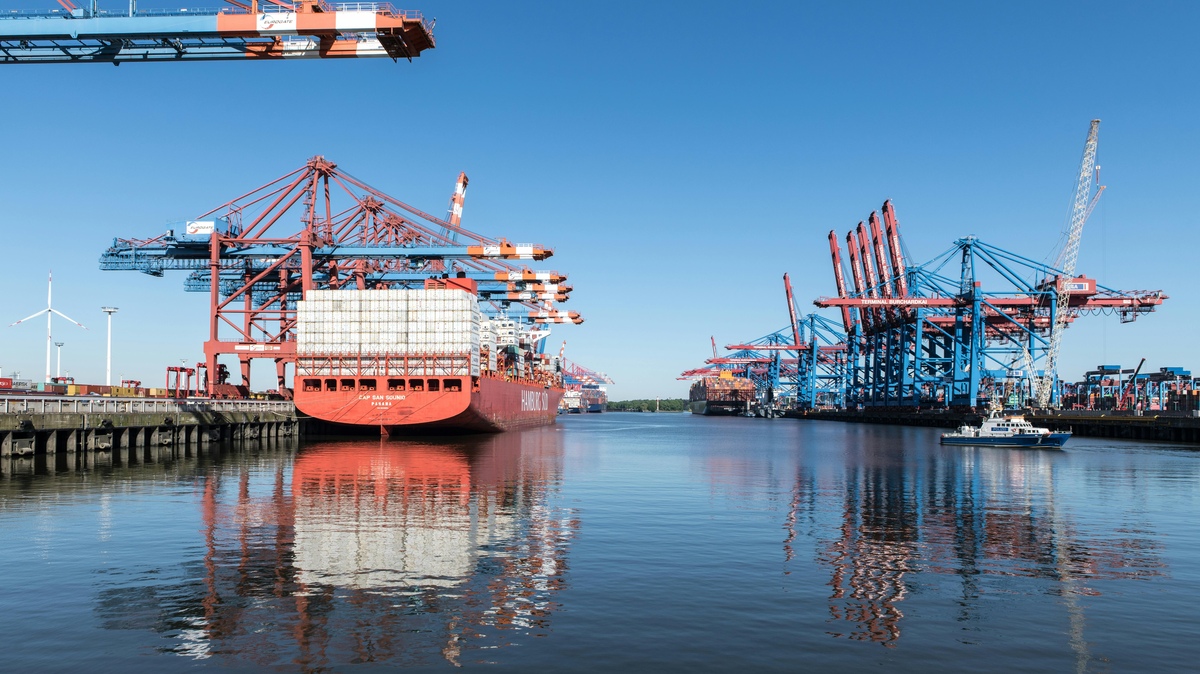The Particle Board Market: Trends, Growth, and Future Prospects

The global Particle Board Market has experienced significant growth in recent years, driven by the expanding construction and furniture sectors, as well as increasing demand for eco-friendly materials. As one of the most commonly used engineered wood products, particle board, also known as chipboard, is made from wood chips, sawmill shavings, and sawdust, combined with a resin binder under heat and pressure. It is widely used in the production of furniture, cabinetry, and flooring due to its affordability, versatility, and strength. In this blog, we explore the key factors influencing the growth of the particle board market, the latest trends, and the future outlook for this industry.
What is Particle Board?
Particle board is a type of engineered wood made by compressing wood chips, sawdust, and other wood fibers into sheets with the help of adhesives and resins. These resins are typically formaldehyde-based, but there has been an increasing push for using more eco-friendly alternatives. The result is a cost-effective, lightweight material that is widely used in various applications, from furniture and flooring to cabinetry and packaging.
Particle board is known for its uniformity and smooth surface, which can easily be laminated, veneered, or painted to meet different aesthetic and functional needs. However, it is generally considered less durable than plywood, which makes it better suited for indoor applications in controlled environments.
Market Overview
The global particle board market size was valued at approximately USD 26 billion in 2023 and is projected to grow at a CAGR of 6.3% between 2024 and 2030. This growth can be attributed to factors such as the increasing demand for affordable furniture, the expansion of the construction industry, and the shift toward sustainable building materials.
The market is divided into various segments based on product type, application, and region. Product types include low-density, medium-density, and high-density particle boards, while applications encompass furniture, flooring, construction, and packaging. The regional market is dominated by North America, Europe, and Asia-Pacific, with emerging markets in the Middle East and Latin America showing strong growth potential.
Key Drivers of Growth in the Particle Board Market
Rising Demand for Affordable Furniture
The demand for particle board is heavily influenced by the booming furniture industry, as it is a cost-effective material for producing affordable furniture. Particle board is commonly used in the production of wardrobes, cabinets, tables, chairs, and other household furniture. With the growing trend of urbanization, a significant number of people are moving to cities and seeking affordable and space-efficient furniture, which has further boosted the demand for particle board.
Expansion of the Construction Industry
Another key driver of the particle board market is the continuous expansion of the construction industry. Particle boards are used in various applications in the construction sector, including partition walls, ceiling panels, and floor substrates. As global infrastructure projects and residential construction demand increase, the use of particle boards in the construction industry is expected to rise as well.
Sustainability and Eco-Friendly Materials
Increasing awareness about sustainability has had a profound impact on the particle board market. Modern consumers, including those in the construction and furniture industries, are opting for materials that are more environmentally friendly. Particle boards can be made using recycled wood and other wood residues, which makes them a more sustainable alternative to solid wood. Moreover, advancements in the production process have allowed for the use of non-toxic adhesives and resins, making particle boards a more eco-friendly choice.
Technological Advancements in Production
Technological advancements in particle board production, such as the use of advanced resin systems and improved manufacturing techniques, have resulted in higher-quality products that offer greater durability and resistance to wear. The rise of automated manufacturing processes and increased precision in production have contributed to the growth of the particle board market, allowing manufacturers to meet the growing demand for high-quality products.
Shift in Consumer Preferences
The preference for custom and modular furniture is on the rise, particularly among younger consumers and those living in smaller homes or apartments. Particle board, with its affordability and flexibility, fits well with these preferences, making it a go-to choice for both mass-market furniture and customized designs.
Key Challenges Facing the Particle Board Market
Concerns Over Formaldehyde Emissions
One of the major concerns with particle board is the potential release of formaldehyde, a volatile organic compound (VOC) that can pose health risks when released into the air. Although most particle boards are made with low-formaldehyde or formaldehyde-free resins, the perception of particle board being harmful to health continues to be an obstacle for market growth. As a result, stringent regulations regarding emissions and VOCs are pushing manufacturers to develop alternative, safer adhesives and to improve the safety and environmental performance of their products.
Competition from Other Wood-Based Products
While particle boards offer excellent affordability and versatility, they face competition from other engineered wood products like medium-density fiberboard (MDF) and plywood. MDF, in particular, offers a smoother and denser surface than particle board, which makes it suitable for high-end furniture and cabinetry. However, MDF is also more expensive, and as such, manufacturers must constantly improve particle board quality to maintain their competitive edge in the market.
Fluctuating Raw Material Costs
The prices of wood and resin, two key raw materials in particle board production, are subject to fluctuations, which can significantly impact production costs. Changes in the availability of wood resources, due to factors like deforestation, changes in regulations, or supply chain disruptions, can lead to increased costs for particle board manufacturers.
Market Segmentation
By Product Type
Low-Density Particle Board: Primarily used for lightweight furniture and packaging materials.
Medium-Density Particle Board: Most commonly used for general furniture, cabinetry, and other applications that do not require heavy load-bearing.
High-Density Particle Board: Often used in applications that require added strength, such as flooring substrates and heavy-duty furniture.
By Application
Furniture: The largest application segment, as particle board is a cost-effective choice for the production of cabinets, desks, chairs, and wardrobes.
Construction: Used in partition walls, ceiling panels, and flooring substrates.
Packaging: Particle boards are increasingly used in packaging materials, particularly in the production of corrugated boxes and trays.
Others: Includes various industrial uses and other niche applications.
By Region
North America: The largest market for particle board, driven by a strong construction and furniture industry.
Europe: A major consumer of eco-friendly and high-quality particle boards.
Asia-Pacific: The fastest-growing market, with rising demand from countries like China and India.
Latin America and the Middle East: Emerging markets with high growth potential.
Key Players in the Particle Board Market
Some of the key players in the global particle board market include:
Egger Group
Arauco
Sonae Industria
Kronospan
MASISA
Segezha Group
Louisiana-Pacific Corporation
These companies are actively expanding their product portfolios, improving manufacturing technologies, and adopting sustainable practices to stay competitive in the market.
Future Outlook
The particle board market is expected to continue its upward trajectory, driven by increasing demand for affordable and eco-friendly materials. As the construction and furniture industries grow, particularly in developing regions, the use of particle board is likely to rise. Additionally, the ongoing trend toward sustainability and innovation will push manufacturers to develop new, safer, and more durable particle board products.
With the rise of modular homes, compact living solutions, and the increased preference for custom-designed furniture, particle board is well-positioned to meet the evolving demands of consumers and industries alike. As the market grows, the focus will likely shift toward improving the environmental impact of particle board, including the use of recyclable materials and low-emission resins.
Conclusion
The particle board market is on a solid growth path, driven by the demand for affordable, sustainable, and versatile materials in the construction and furniture sectors. As the industry continues to innovate and address challenges such as formaldehyde emissions and raw material costs, particle board will likely remain an essential product in the global market. By leveraging technological advancements and responding to changing consumer preferences, the particle board market is set to thrive in the years ahead.
Note: IndiBlogHub features both user-submitted and editorial content. We do not verify third-party contributions. Read our Disclaimer and Privacy Policyfor details.







